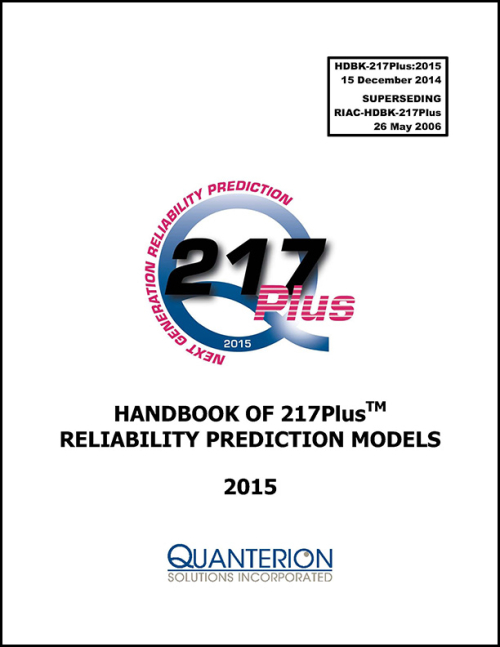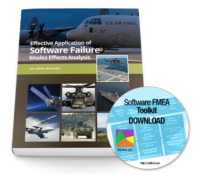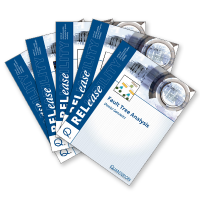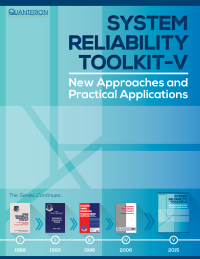Product Description
217Plus™:2015 is the latest revision to the popular 217Plus(TM) Handbook of Reliability Prediction Models based on the original MIL-HDBK-217, Reliability Prediction of Electronic Equipment. Available exclusively through Quanterion, 217Plus™:2015 contains new failure rate models covering Photonics components and updates to the twelve original 217Plus component failure rate models based on new data.
Quanterion’s long history with electronics prediction models and tools dates back to the development of PRISM, the System Reliability Assessment methodology and automated reliability prediction tool, developed in the 1990s by Qaunterion employees while working at the former Reliability Analysis Center (RAC) (since changed to RIAC, and now DSIAC). After 2000, PRISM remained in use but was not updated to include any new models. In 2005, when the RIAC was recompeted and awarded to a team that included Quanterion, these models were revisited and 217Plus™, an update to PRISM, was released shortly thereafter. 217Plus™, which doubled the number of models in PRISM and includes the complete prediction methodology for all of the major component categories in MIL-HDBK-217, was the only DoD-authorized and supported effort to expand the capabilities of PRISM.
217Plus™:2015 Calculator Tool
Accompanying the updated handbook is a new 217Plus™:2015 MS Excel® spreadsheet calculator that has been developed to facilitate the failure rate calculations of up to ten (10) hardware assemblies, and two (2) software assemblies, according to the component and system reliability models defined by Quanterion’s 217Plus™:2015 methodology. All models are detailed in the 2015 version of the “Handbook of 217Plus Reliability Prediction Models” (HDBK-217Plus™:2015), available exclusively from Quanterion. As an upgrade of the original 217Plus methodology from 2006, 217Plus™:2015 provides several new component models, updates to model parameters and refinements of several model equations. It is recommended that the user obtain a copy of the new 217Plus™:2015 Handbook for detailed information on the new and revised models, the model development background, and associated reference tables and equations. Quanterion provides product support to all registered users of the original 217Plus™ or 217Plus™:2015 spreadsheet calculators.”
217Plus™ Training
Quanterion also offers an online training video to familiarize reliability practitioners with this electronics reliability prediction methodology, as well as the 217Plus™ models and calculator tool. Click on the link above to learn more about this training program.
Copyright © 2014 by Quanterion Solutions Incorporated. This publication was developed by Quanterion Solutions Incorporated, and the materials contained within are protected by U.S. Copyright Law and may not be copied, automated, resold or re-distributed to multiple users without the express written permission of Quanterion Solutions Incorporated. If copying, automating, reselling or re-distribution of this copyrighted material is desired, please contact 877.808.0097 (toll free) or 315.732.0097 for licensing information.








